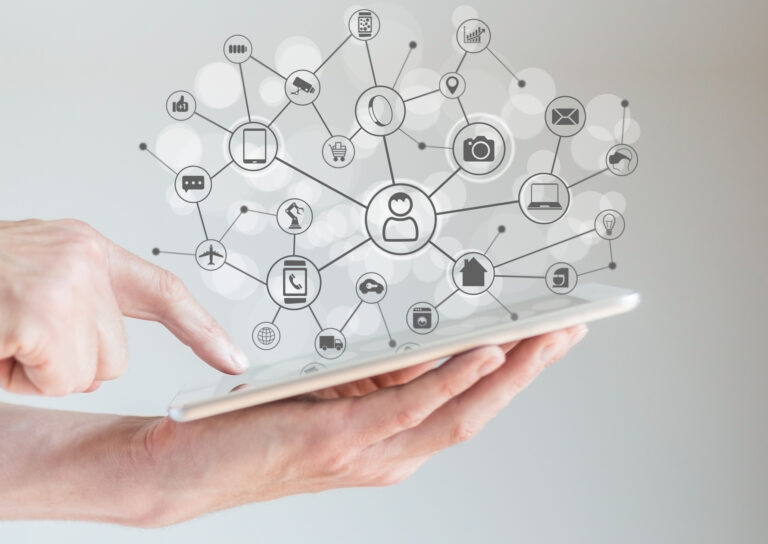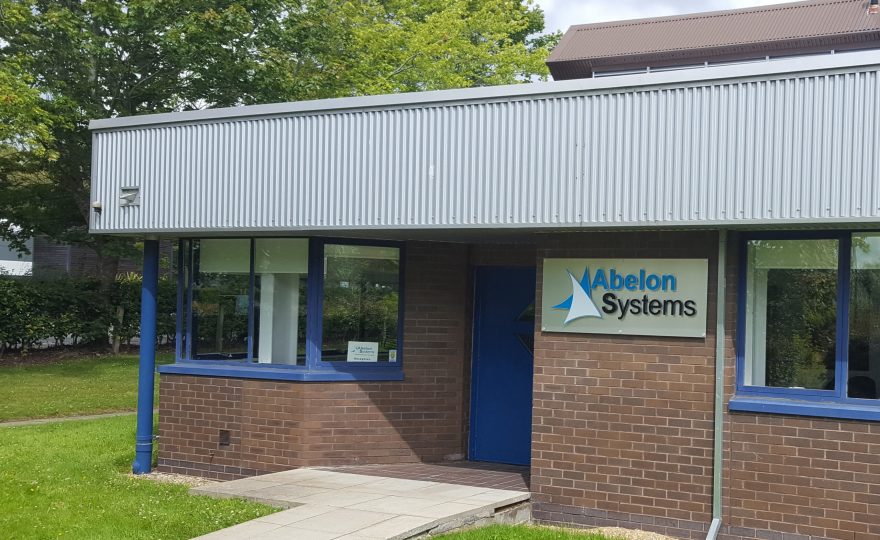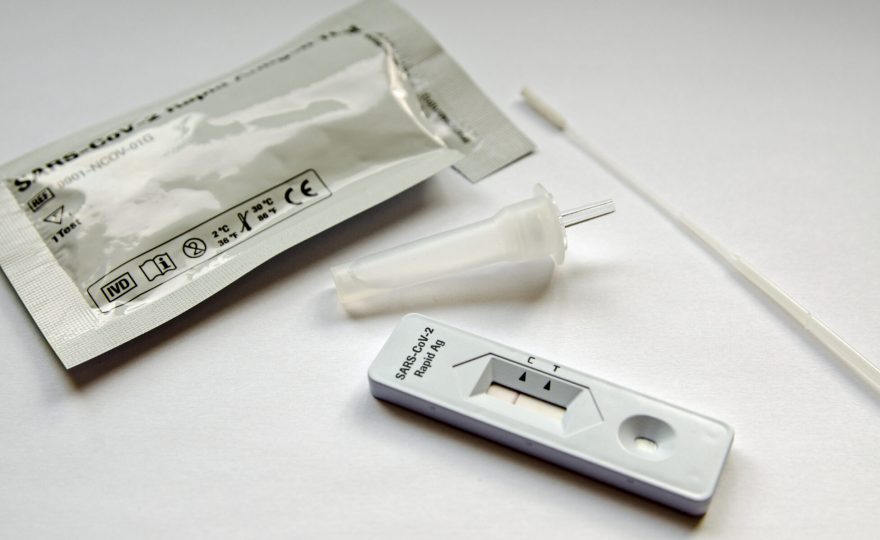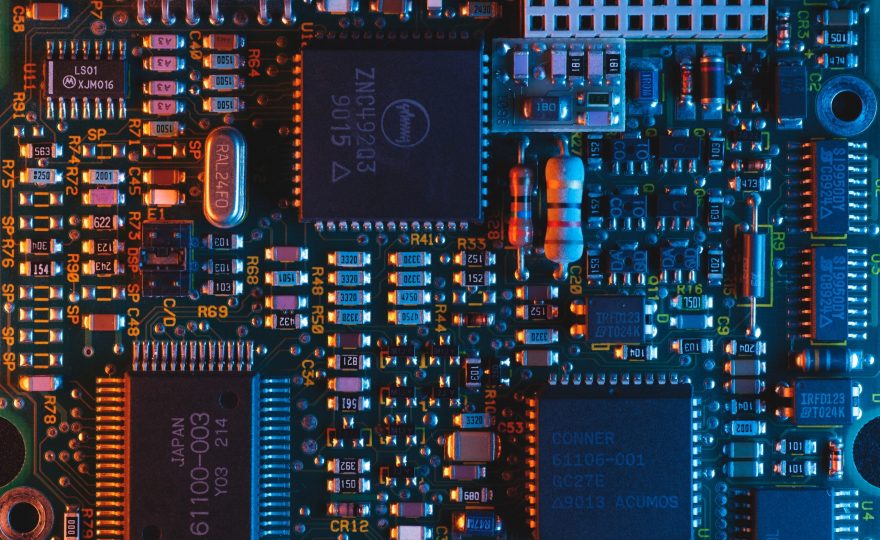Connecting things together is what humans do. Combine that skill with the need to eat and drink gave rise to the first soft-drink vending machine connected to a campus network. No more need to leave your seat to find out if there was a cold Coke waiting for you. That was back in the 1980s and embedding computing power into real-world devices and connecting them to the Internet is now called the “Internet of Things” or IoT. In just a few years there will be billions of enabled devices connected to the Internet.
Joining the IoT party challenges product manufacturers to become service providers. A consumer buys the product, plugs it into the ‘net and subscribes to the service provided. There is a clear upside for the makers of things. They can establish a lasting customer relationship through the data collection and the subscription. That relationship can be carefully deepened and leveraged.
The imperative is that the Thing is easy to setup and service needs to just work. A less-than-seamless install and registration process will not yield a stellar review. Lose, misplace, misdirect your customer’s data and trust evaporates. The chance that my newly installed Smart Baby/Pet/Home/Office (delete as applicable) monitor is transmitting unencrypted sound and video to the Dark Web is a terrifying prospect. At best the Thing is unplugged and vilified on social and other media. But as regulation catches up with IoT, so will the legal compliance requirements fall back on the manufacturer.
The advent of cost effective cloud services to host your Thing’s data, and smart phones as a delivery portal for your service solves a massive logistical and technical puzzle. The key is the integration of these components into a seamless opt-in user experience. Manufacturers should be able to concentrate on the Thing and the service provided without becoming the world’s IT department.
The big Cloud platform providers such as Amazon, IBM and Microsoft provide rich SDKs, databases and Web Services that can be marshalled into safely and securely collecting data from your Things to drive an end-user service. A Thing’s data is collected, analysed, processed and transformed in the Cloud using functionality you provide: triggers originating within, and with thresholds set by the customer propagate downstream to Smart phone notifications systems. Cloud hosted data is pulled into Apps, delighting the user with the sheer convenience of it all. The App and the subscription becomes a direct channel between the provider and the end-user.
So perhaps the IoT challenge is largely solved. Build and they will come.
We have been working in the embedded computing field for decades. We have seen the spread of the Internet from fixed to mobile and from people to things. Computing resources have moved from personal towards the data centre, now called the Cloud. But, the challenges of networking systems together remain stubbornly the same: remotely accessing a device, using open standards over existing network infrastructure.
There is no simple plug and play deployment for the Internet of embedded Things. Things deployed in the in the real world are constrained by processing, power, memory, energy usage and cost.
Expertise is required to enable the Thing to collect and deliver its sensor data to the Cloud. The Thing’s Sensors must be polled, alarms conditions must be monitored and battery usage must be minimised. A Thing’s local and remote interfaces must protect data confidentiality, authenticity and integrity. Attacks that weaken or attempt to subvert these basics of security must be defended. Remember that baby monitor.
The Thing must be able to communicate with the Cloud’s portals using the most appropriate messaging system. Does this match the sensor data bandwidth, reliability and security? The Thing itself must be registered and authenticated in order to securely deliver its messages. And breaking into one Thing must never give access to the entire population of your Things. Hooking up the Thing to the Cloud takes careful engineering so that your user can confidently just plug it in.
Once in the Cloud, the Thing’s data must be processed by whatever model is implemented and drive the intended service back to the user. The service model must be scripted and coded to present the intended application service. It is not automated, and software engineer writes it and deploys it to the Cloud.
Driving the application service to the user is also a challenge. iOS and Android are the incumbent mobile platforms, but there are also local web based systems that an organisation may need. Social media messaging, Email and the very reliable SMS are also delivery mechanisms. Any one of these means integration of heterogeneous systems to deliver what the end-user needs. Even with platform agnostic, “build-once” web services, many hot-spots of integration exist. The challenge is to provide seamless service delivery, without the user worrying about how it got there.
Abelon provide an IoT reference hardware platform, Application and Cloud Service software frameworks and the necessary expertise to kick-start your IoT project. It’s important to get it right.



